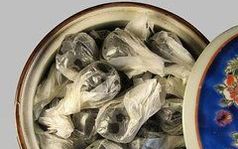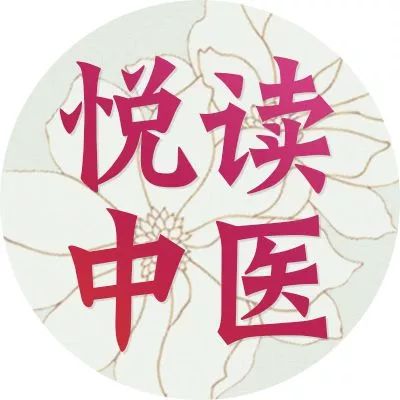 Read Traditional Chinese MedicineOnly Quality TCM Reading
Read Traditional Chinese MedicineOnly Quality TCM Reading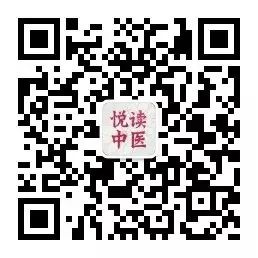
Editor’s Introduction
Sometimes, one might think that after entering a period of rapid economic development, the newly wealthy Chinese are quite exhausted. The constant pressure to strive forward has made the hardworking Chinese people feel overwhelmed, and the phrase “feeling drained” has become a common self-deprecating remark.
Under this physical pressure, deficiency and pathogenic factors invade, making it inevitable for people to fall ill. Today, I recommend this essential medicine for strengthening the body and expelling pathogens—Shu Yu Wan (Dioscorea Pill). Let’s take a look at the wonders of this formula!
[Original Text] Deficiency and insufficiency due to exhaustion, with wind and pathogenic factors causing various diseases [1], Shu Yu Wan is the main treatment. (Jin Kui on Deficiency and Exhaustion)
Shu Yu Wan Formula
30g of Shu Yu (Dioscorea), 10g each of Dang Gui (Angelica Sinensis), Gui Zhi (Cinnamon Twig), Gan Di Huang (Rehmannia Root), Shen Qu (Malt), and Dou Huang Juan (Soybean Sprout) [2]; 28g of Gan Cao (Licorice); 6g each of Xiang Fu (Cyperus), Mai Men Dong (Ophiopogon), Shao Yao (Peony), Bai Zhu (White Atractylodes), and Xing Ren (Apricot Kernel); 7g of Ren Shen (Ginseng); 5g each of Chai Hu (Bupleurum), Jie Geng (Platycodon), and Fu Ling (Poria); 7g of A Jiao (Donkey-hide Gelatin); 3g of Gan Jiang (Dried Ginger); 2g of Bai Lian (White Peony); and 6g of Fang Feng (Siler); 100 dates to make a paste.
Grind the above 21 ingredients into a fine powder, mix with honey, and form into pills the size of a marble. Take one pill on an empty stomach with wine, with a total of 100 pills for a course of treatment [3].
Notes:
[1] Wind and pathogenic factors causing various diseases: Wind refers to pathogenic factors in general, as wind is the leader of all diseases. Wind and pathogenic factors can invade the body and cause multiple diseases.
[2] Dou Huang Juan: Also known as Da Dou Huang Juan or Dou Juan. It is made from the seeds of the soybean plant (black soybean) that have been sprouted and dried. The Shen Nong Ben Cao Jing states: “Da Dou Huang Juan is sweet and neutral, and is used for dampness, muscle spasms, and lower back pain.”
[3] —100 pills for a course: A total of 100 pills constitutes one treatment course.
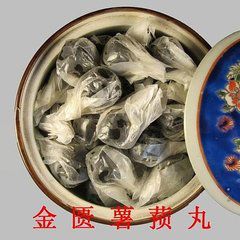
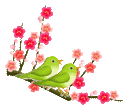 [Effects and Compatibility]
[Effects and Compatibility]
Shu Yu Wan tonifies Qi and blood, expels wind and dispels pathogens. The ingredients in the formula, including Shu Yu, Ren Shen, Bai Zhu, Fu Ling, Gan Cao, Gan Jiang, Shen Qu, Dou Juan, and Da Zao (Jujube) strengthen the spleen and tonify Qi, aid digestion, and promote the flow of Qi, ensuring that tonification does not hinder the stomach, invigorating the source of Qi and blood production; Gan Di Huang, Shao Yao, Dang Gui, Chuan Xiong (Ligusticum), Mai Men Dong, and A Jiao nourish blood and enrich Yin, working in conjunction with tonifying Qi herbs like Ren Shen to achieve a balance of Qi and blood; Chai Hu, Gui Zhi, Fang Feng, and Bai Lian expel wind and dispel pathogens; Xing Ren and Jie Geng promote the smooth flow of Qi and expel pathogens. Taking it with wine enhances the efficacy of the medicine. The combination of these herbs emphasizes the tonification of Qi and blood while also addressing the expulsion of pathogenic factors, and includes digestive aids to prevent stagnation while tonifying. Additionally, this formula focuses on tonifying spleen Qi, as the spleen is central to the generation of Qi and blood, and is crucial for the movement of Qi in and out, making spleen tonification beneficial for both Qi and blood production and the expulsion of external pathogens.
Grind the above 21 herbs into a fine powder, mix with honey, and form into pills the size of a marble. Take one pill on an empty stomach with wine. A total of 100 pills constitutes one treatment course.
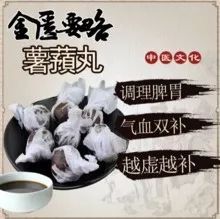
 [Discussion on Treatment and Diagnosis]
[Discussion on Treatment and Diagnosis]
Shu Yu Wan treats deficiency due to exhaustion, with both Qi and blood being deficient and accompanied by external pathogens. Symptoms include deficiency and insufficiency due to exhaustion, with wind and pathogenic factors causing various diseases.
This condition is characterized by deficiency of both Qi and blood, with wind and cold pathogens invading through the deficiency, lingering on the surface of the body, resulting in a pattern of internal deficiency and external excess.
“Deficiency and insufficiency due to exhaustion, with wind and pathogenic factors causing various diseases” indicates that prolonged deficiency and exhaustion can lead to Qi and blood deficiency, making one susceptible to wind and cold pathogens, which can trigger various diseases. This aligns with the principle stated in the Huang Di Nei Jing: “Wherever pathogens gather, there must be deficiency”; and the Jin Kui Yao Lue: “When meridians are invaded by pathogens, they enter the organs, causing internal issues.” Based on the etiology and the formula, one can expect symptoms such as fatigue, lack of appetite, mild chills and fever, and joint pain. Shu Yu Wan addresses both internal deficiency and external pathogens, invigorating Qi and blood while dispelling pathogenic factors.
 [Treatment Approach]
[Treatment Approach]
Shu Yu Wan is a representative formula for strengthening the righteous Qi and expelling external pathogens, with a broad approach to its formulation, especially for those with Qi and blood deficiency who are susceptible to external pathogens, establishing basic principles for the use of herbal combinations. For those with deficiency, treatment is based on the spleen, tonifying both Qi and blood, and incorporating digestive aids to prevent stagnation; expelling external pathogens while including herbs that regulate Qi flow can facilitate internal and external balance. In clinical practice, one can adapt this formula based on these principles, and it is not necessary to use all the herbs in the formula. This formula is clinically used to treat colds, myocarditis, heart failure, pulmonary tuberculosis, duodenal ulcers, chronic nephritis, and stubborn urticaria.
 [Case Example]
[Case Example]
Case of Zhao Mingrui: Feng, a 36-year-old female teacher, suffered from palpitations, insomnia, dizziness, and vertigo for several years, along with tinnitus, tidal fever, night sweats, mental confusion, excessive sadness, and a significant decline in memory. She had a poor appetite, food that lacked flavor, occasional diarrhea, and sometimes constipation, with mental fatigue, delayed menstruation, and continuous white discharge. She was easily susceptible to external pathogens, and every cold would linger and be difficult to recover from. She could no longer continue working and was on sick leave. Over the years, she had received continuous treatment, and several hospitals diagnosed her with “neurasthenia.” In the spring of 1963, her condition worsened, and she appeared pale, thin, and emaciated, with a weak pulse and a pale, swollen tongue with no coating. Based on the pulse and symptoms, she was diagnosed with deficiency due to exhaustion, and Shu Yu Wan was prescribed. After three months of treatment, taking a total of 200 pills, all symptoms disappeared, and her health was completely restored, allowing her to return to work successfully. [Zhao Mingrui, Application of Classical Formulas. Taiyuan: Shanxi People’s Publishing House, 1982: 163.]
 A Friendly Reminder from the Editor
A Friendly Reminder from the Editor
For those without a solid foundation in TCM, please do not self-diagnose whether you should take Shu Yu Wan! Always consult a physician!
Recommended Reading
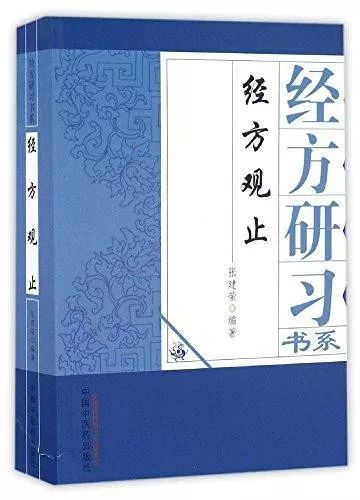
《Classical Formulas Explained》
This book, edited by Zhang Jianrong, aims to apply ancient knowledge to modern use, using straightforward language to compile consensus on classical formulas and present insights from various authors, along with the author’s own humble opinions, resulting in this book, which may contain errors, and feedback from peers is welcome.
The Classical Formulas Explained contains a total of 261 classical formulas from Zhang Zhongjing, including 113 from the Shang Han Lun (based on the Ming Dynasty edition by Zhao Kaimai) and 148 from the Jin Kui Yao Lue (based on the Ming Dynasty edition by Zhao Kaimai) (the first 22 chapters of the Jin Kui Yao Lue contain 205 classical formulas, excluding 37 duplicates with the Shang Han Lun and 20 additional formulas, leaving 148 formulas in total).
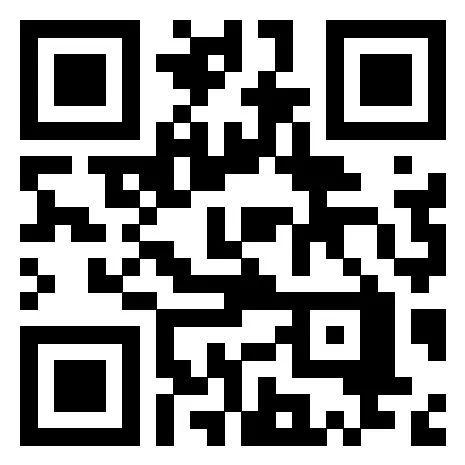
Scan the QR code to bring this great book home
END
Copyright Statement
Some content of this article is selected from 《Classical Formulas Explained》 (published by China Traditional Chinese Medicine Publishing House, edited by Zhang Jianrong), with all rights reserved by the original author. Published by Read Traditional Chinese Medicine (WeChat ID: ydzhongyi), cover image sourced from the internet. Unauthorized reproduction is prohibited!
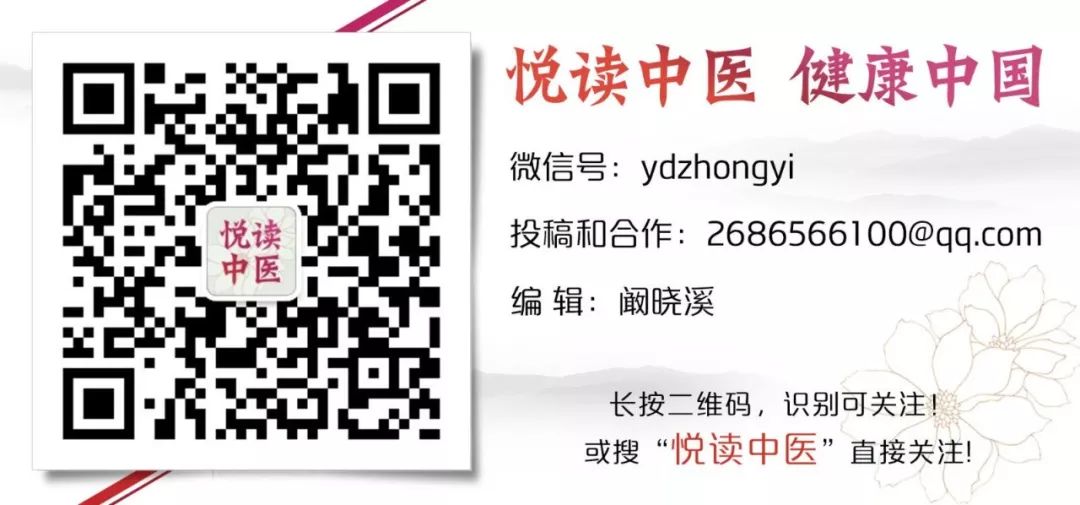
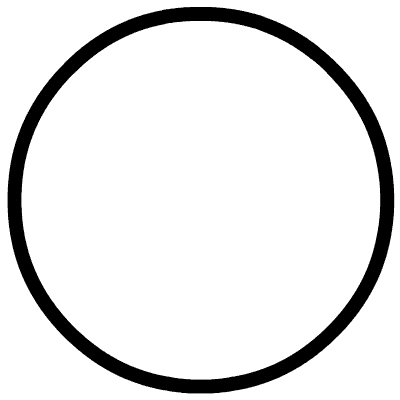 Click “Read the Original Text” to purchase the printed version of this article
Click “Read the Original Text” to purchase the printed version of this article

